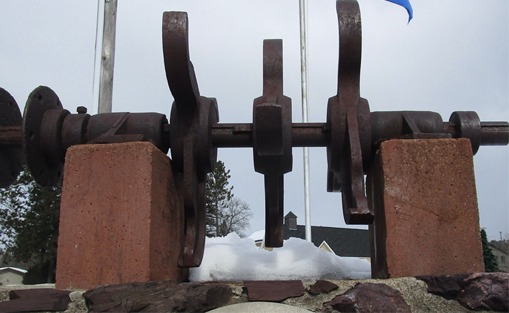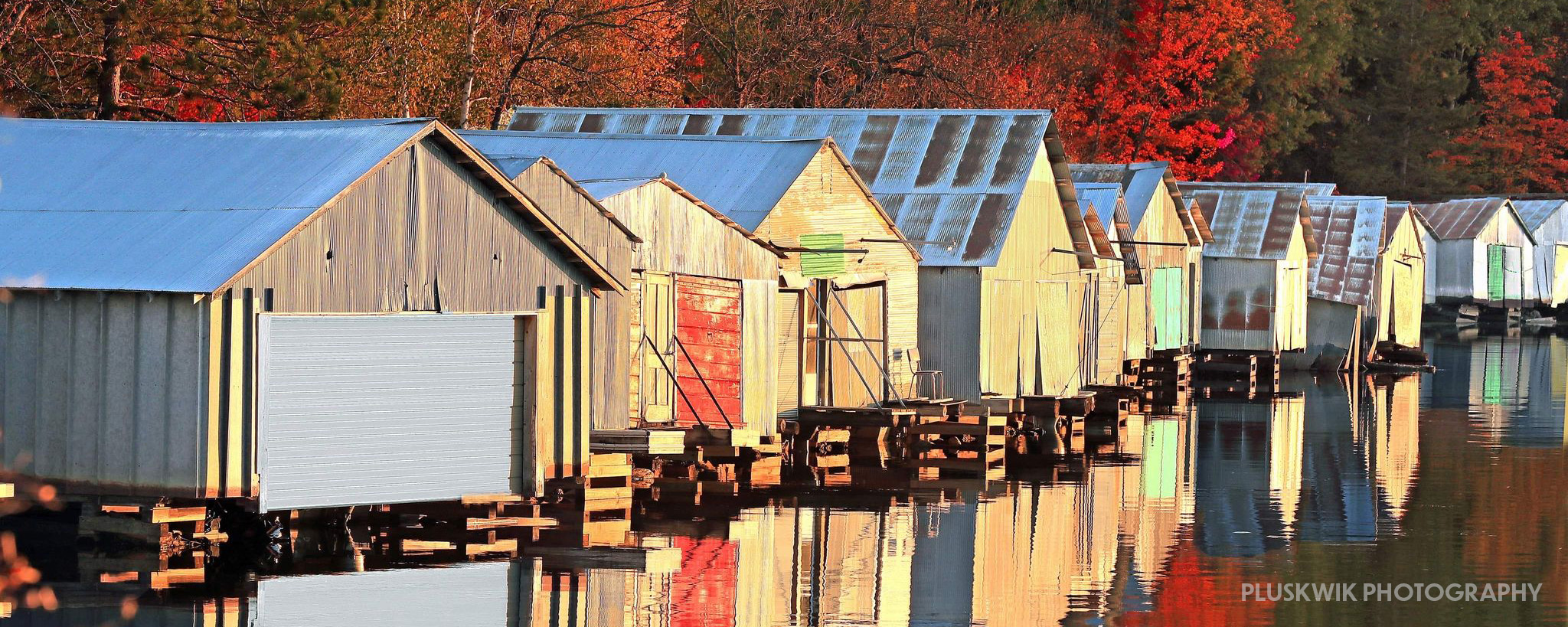The Lake Vermilion GOLD RUSH
Minnesota went wild that cold December day in 1865. Gold had been discovered up north by Lake Vermilion! The news was on everyone’s lips, in every tavern and every home people talked about the untold wealth that lay untapped in northern Minnesota. Rumors spread that $900 per ton could be mined from the area!
A group of men soon decided to travel north two hundred miles in the cold of winter. The trails to Superior and Duluth would be frozen and easier to travel on in the winter than in warmer months when the supply wagons could get bogged down on muddy trails. Many were veterans of the Civil War and had endured hardships greater than this.
Most of the folks were skeptical about this assuredly difficult journey in frigid weather, but shortly after Christmas celebrations came to an end the journey began. On December 27th, twenty-five optimistic would-be “gold miners” paraded down St. Paul’s Third Street along with 22 oxen pulling sleds loaded with tools, blasting powder, and ammunition, three horses and a cooking car. The procession departed from St. Paul listening to the enthusiastic cheers of a large crowd which had assembled to send them off.
To no one’s surprise, the temperatures on their journey north were severe, staying between -10 to -30 degrees. The heavy loads would often bog down in the deep snow. Seventeen days and 164 miles after they had started the trip north, the men reached Superior, Wisconsin. The miners were greeted with dinners and parties as the town joyfully celebrated their arrival.
The next day the last leg of the journey began—north from Duluth to the Lake Vermilion gold fields. Transportation on his roadless area had previously taken place on the region’s many rivers and lakes. Only animal tracks and simple rugged trails that had been forged by the indigenous people existed in that region. In order to transport men and supplies over that last 80 miles from Duluth, a crew was put together to clear an actual roadway, a conduit, to Lake Vermilion. It would soon come to be known as “The Vermilion Trail”.
Hacking out a trail, the men and vehicles made slow but steady progress traveling through snow nearly 3 feet deep and temperatures plunging to thirty or forty below zero. Each man had a job and each man knew his job well. Some cooked, others cleared trail and took care of animals. Averaging about 2 miles per day, one man said “If this isn’t the road to hell I don’t know what is.” On March 6th 1866, 68 days after leaving St. Paul, the men arrived at the gold field, located on the southern shore of Lake Vermilion. They had covered 250 miles averaging less than 4 miles a day.
During the winter of 1866, men and supplies continued to travel to the gold mine over the newly-made trail. The site rapidly acquired many signs of a civilized settlement. The men had devoted time and energy to building cabins, establishing claims, and preparing to begin mining operations in the spring. By the middle of April they had constructed nine cabins and claimed thirty-five mineral tracts, 640 acres of timber, and three water power sites. From this, the town of Winston was established on the southern shore of Lake Vermilion at the mouth of the Pike River. Soon the city of Winston claimed 300 inhabitants, a sawmill, and a blacksmith shop and several saloons. During the spring and summer, a post office, hotel and a general store also were added.
Little gold was found however, and it soon became clear that the Lake Vermilion mine fields were not the bonanza the miners expected. By the fall of 1868, the rush was over. The little village of Winston was abandoned. The opening of the Vermilion Trail assisted folks to come north from Duluth to the Lake Vermilion area for other reasons—settling and farming the land and, later, working in the iron mine in Soudan. Gold still remains today, but the ore is not in quantities enough to make mining it profitable.
Although the “gold rush” did not live up to the hopes of the goldminers, the Lake Vermilion gold rush did have other significant results. Many men who “caught the gold fever” including George Stuntz and Lewis Merritt remained involved in the Lake Vermilion area and played major roles in the initial exploration of both the Vermilion and Mesabi ranges, discovering another precious metal that was in abundance—iron ore.

